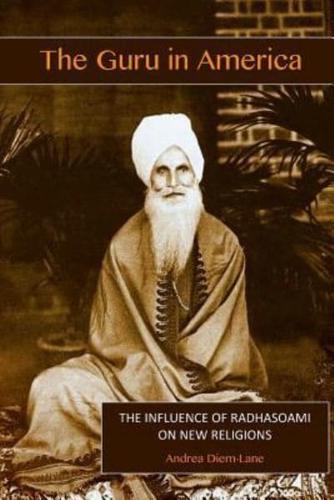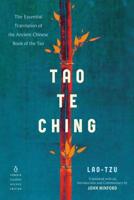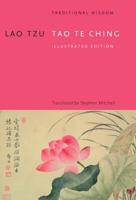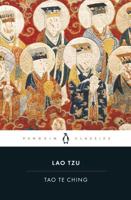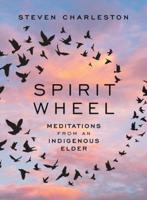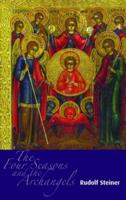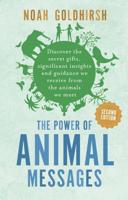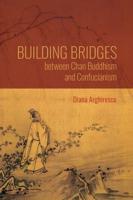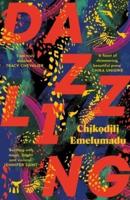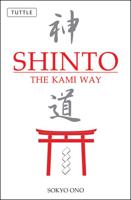Publisher's Synopsis
The Radhasoami tradition, as founded by Shiv Dayal Singh in Agra in 1861, has been highly influential in the development of several new religions in North America and elsewhere. However, little work has been done in showing how Radhasoami has been transplanted into American soil and the impact it has had on the spiritual marketplace. Utilizing socio- historical/textual analysis, this study begins by exploring the emergence of Radhasoami as a transnational religion, focusing on the development of Radhasoami in America since the early part of this century. The objective is to illustrate its influence on several guru movements in America, paying close attention to how society, in particular, alters the manifestation of religious groups and their respective theology. By charting such lines of influence among religions, we may then begin to get a much keener understanding of how and why religions evolve the way they do. Among the guru movements genealogically and theologically connected to Radha- soami are: Paul Twitchell's Eckankar; John-Roger Hinkins' Movement of Spiritual Inner Awareness [MSIA]; and Dr. Bhagat Singh Thind's Sikh Study Groups. In addition, there are numerous smaller groups who have been influenced by Radhasoami which do not have as yet many members. Nonetheless, these "virtual" groups are important not only because they contribute to the plurality of religion in America, but they give us access to study the evolutionary beginnings of a group which may develop into a well known entity or at least serve as a micro-bridge for future movements. Each of these "virtual" groups, Jerry Mulvin's Divine Science of Light and Sound, Gary Olsen's The Master Path, and Michael Turner's The Sonic Spectrum, have developed a unique version of Radhsoami practices and teachings, illustrating the fluidity of religious ideas and how such ideas get incorporated and transformed over very short periods of time and in very limited settings.
